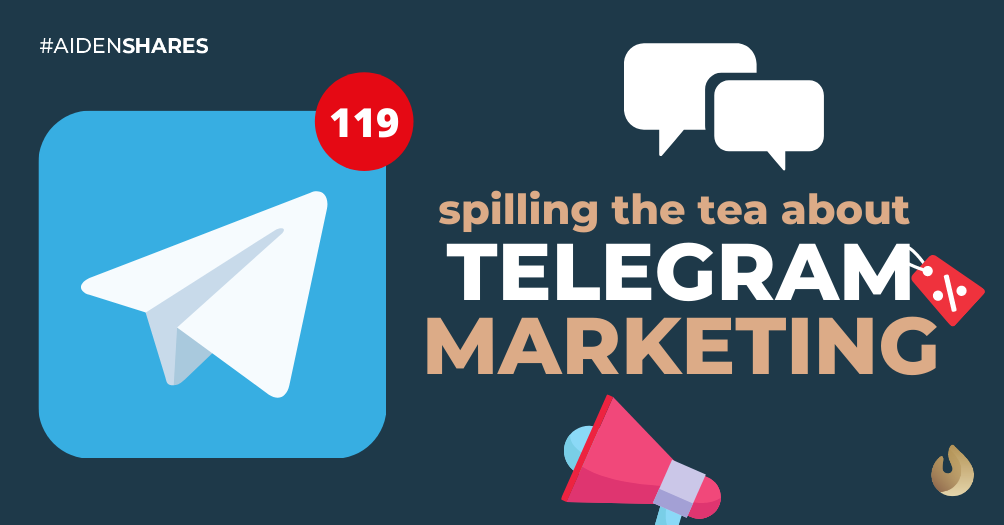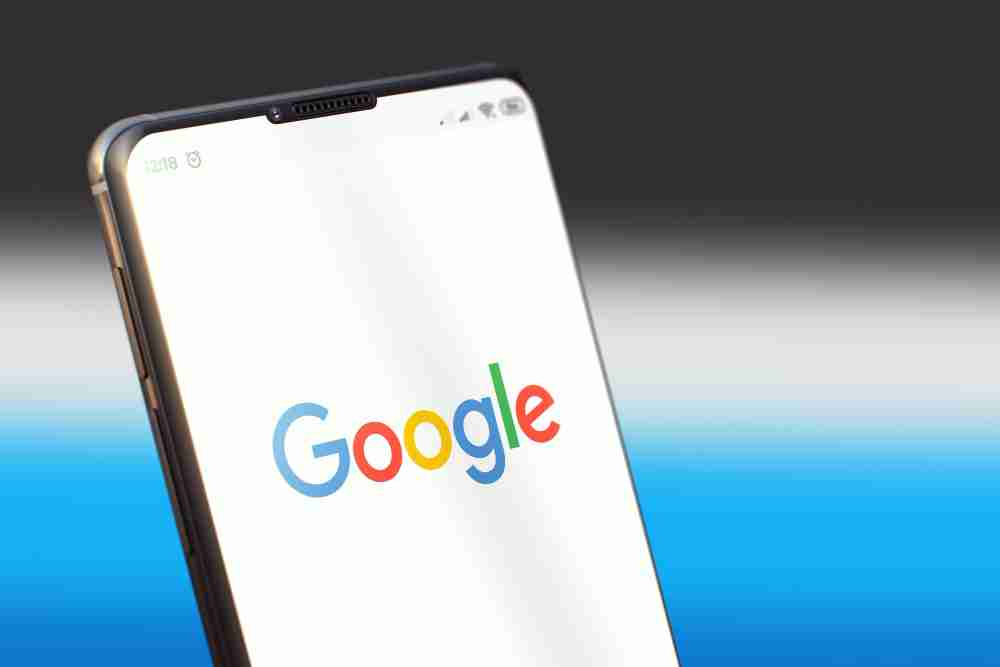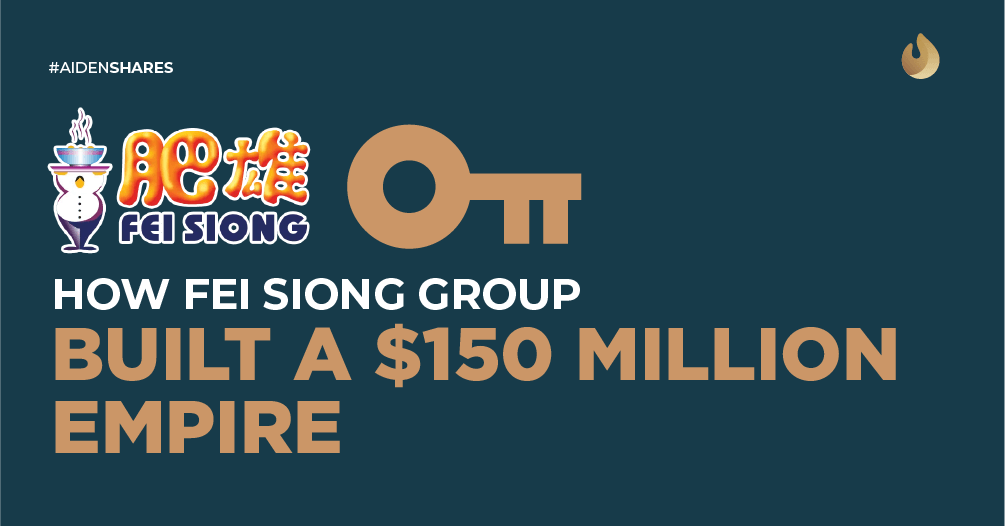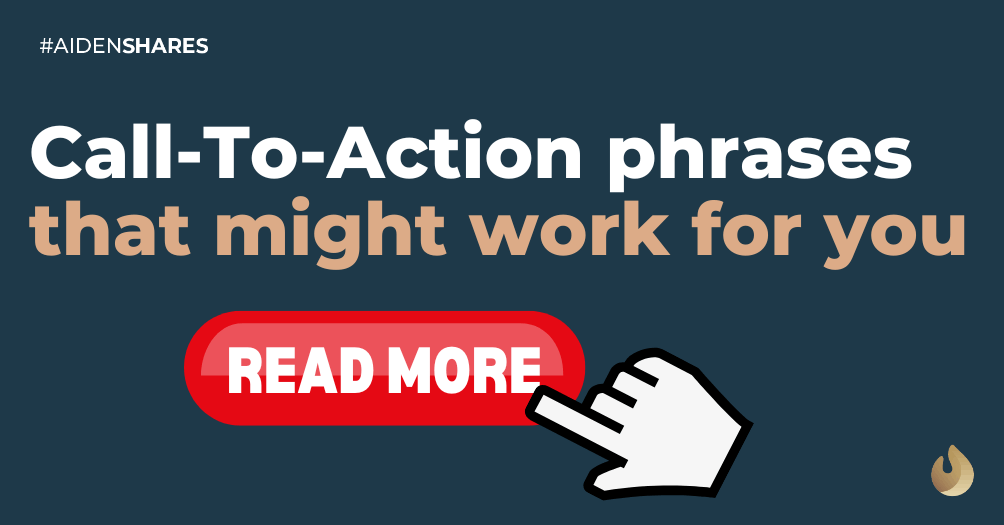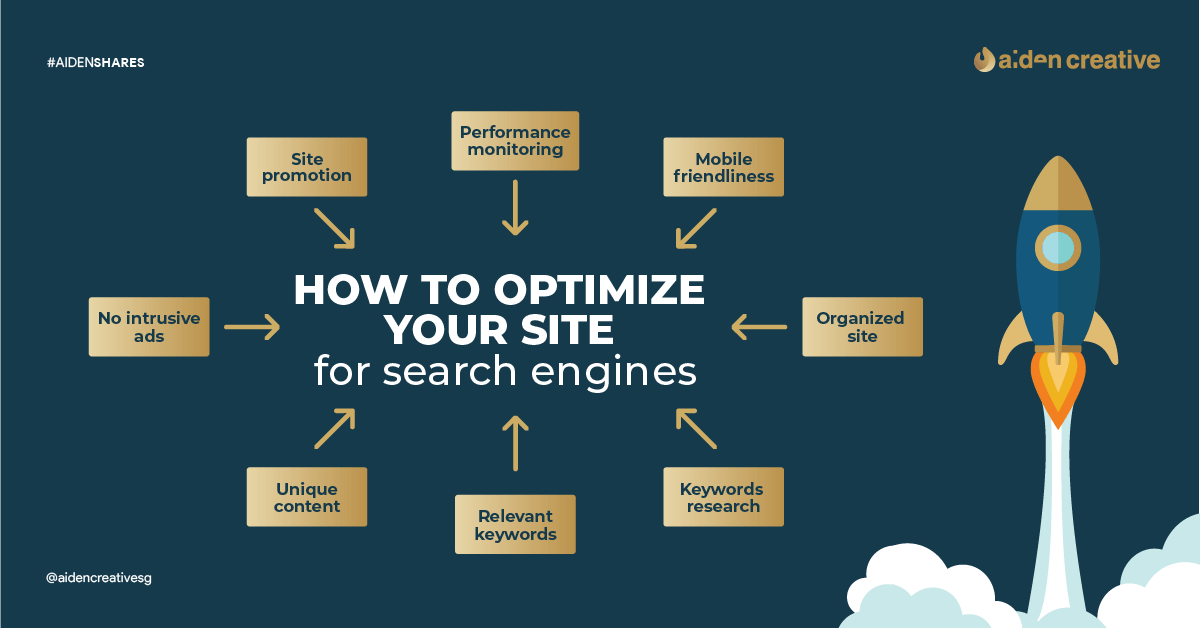How To Run An Effective Google Adwords Search Campaign?
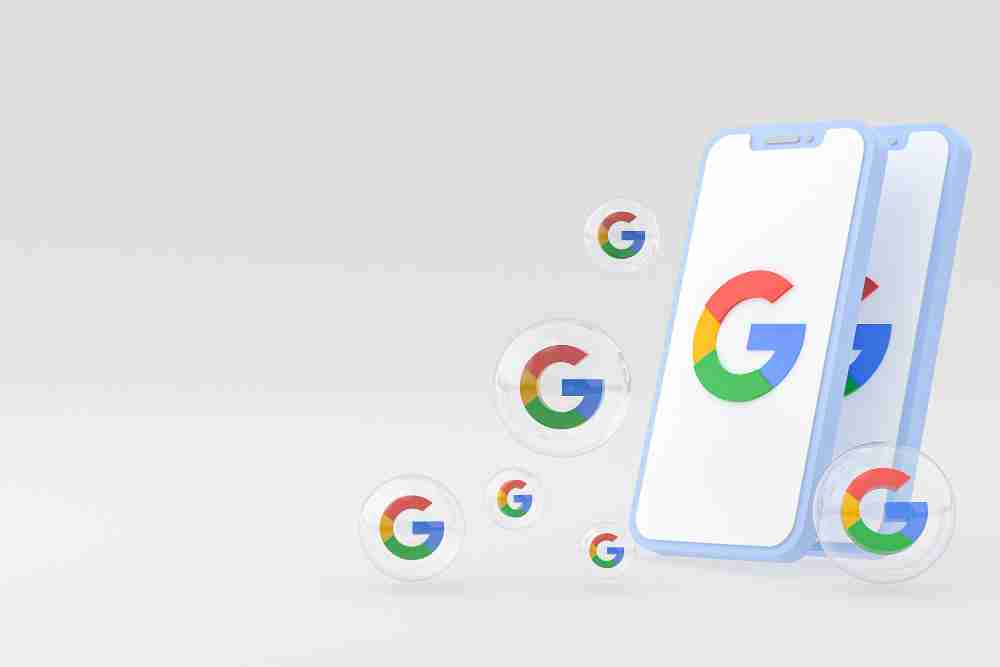
In today’s business world, everyone can start running a Google Adwords campaign with a small budget. Bringing your products to prospective customers has never been easier. However, it is a harsh reality that millions of businesses around the world might be running similar campaign. This increases the competition and it is even harder to stand out among your competitors. To improve your campaign performance, it is all about increasing your ad rank and ad position. How do you do that? Ad Rank is simply the product of your bid and your quality score. While increasing your bid is fairly straightforward, improving your quality score is a better way to differentiate yourself from others. You can run a more effective effective campaign with the following tips.
Organizing your account
You should organize your Google AdWords campaigns by major categories, such as product lines and brands. If you’re only marketing one product or service or one basic category of products and services, then you’ll probably only need to create one Google AdWords campaign.
The purpose of organizing your Google AdWords campaigns is to make it easier to manage your ads and target your audience effectively. Since each campaign contains its own ad groups, ads, and keywords, naturally you’ll want to keep campaigns separate for different product lines and brands. The reason being, specific ads and keywords that relate to one product line or brand will probably have little or no relevance to another product line or brand.
If you’re only selling one product or service or one basic category of related products and services, you’ll probably only need to create one Google AdWords campaign. Remember, you can always separate similar products or services into different ad groups within a single campaign. It really just depends on how customized you’ll want each ad group.
Picking the right keywords.
On search engines, it’s all about the keyword. What’s in a keyword? Keywords connect a searcher’s search terms to relevant ads created in AdWords. We want to make our ads as relevant to the searcher as possible, so this involves understanding not only the keyword itself, but also the intention behind the keyword. For example, if someone is searching for “blueberry muffins” we have to be prepared to understand if they are looking for a recipe or a local bakery that sells blueberry muffins.
Keywords and match types has become more complicated over the years, yet its mastery is also critical to Pay Per Click advertising success. For each keyword we can assign a match type, which basically determines how broad or narrow a user’s search query will match to the keyword in our AdWords account.
Ranging from broad to narrow, there are several different match types: broad match, broad match modifier, phrase match, exact match, and negative match. The broader the keyword, the greater the reach, but unfortunately the relevancy can also slip since ads can be served on less relevant keywords.
Writing targeted ads
The text of your ad is what attracts potential customers to check out your business and the products and services you offer. Ads that convince people to click on them are clear, specific, and compelling. The idea is to “target” your audience by convincing your customers that your products or services are what they’re looking for. Your ad text is divided into headline, description text and display url.
For your ad text, it is important to come up with a compelling punchline that summarizes your market offering related to the ad. It is a good practice to include at least one of your keywords. This is because a person will more likely click on your ad as the keywords included in the search query will be in bold. It is also a good idea to include a call-to-action in your ad text, ideally in the last line of your ad description, so that the person who see your ad will know exactly what to do.
Lastly, your display URL is an important component of your ad text. It can be different from the destination URL but it must be of the same domain name. Besides, make sure that your landing page is relevant to the ads, i.e. the product offering and promotion that is stated in the ad text can be found on the landing page.
Putting it all together
The 3 steps above are the basic components of a successful campaign. We will share more advanced tips to improve and grow your Adwords account further. Stay tuned!
